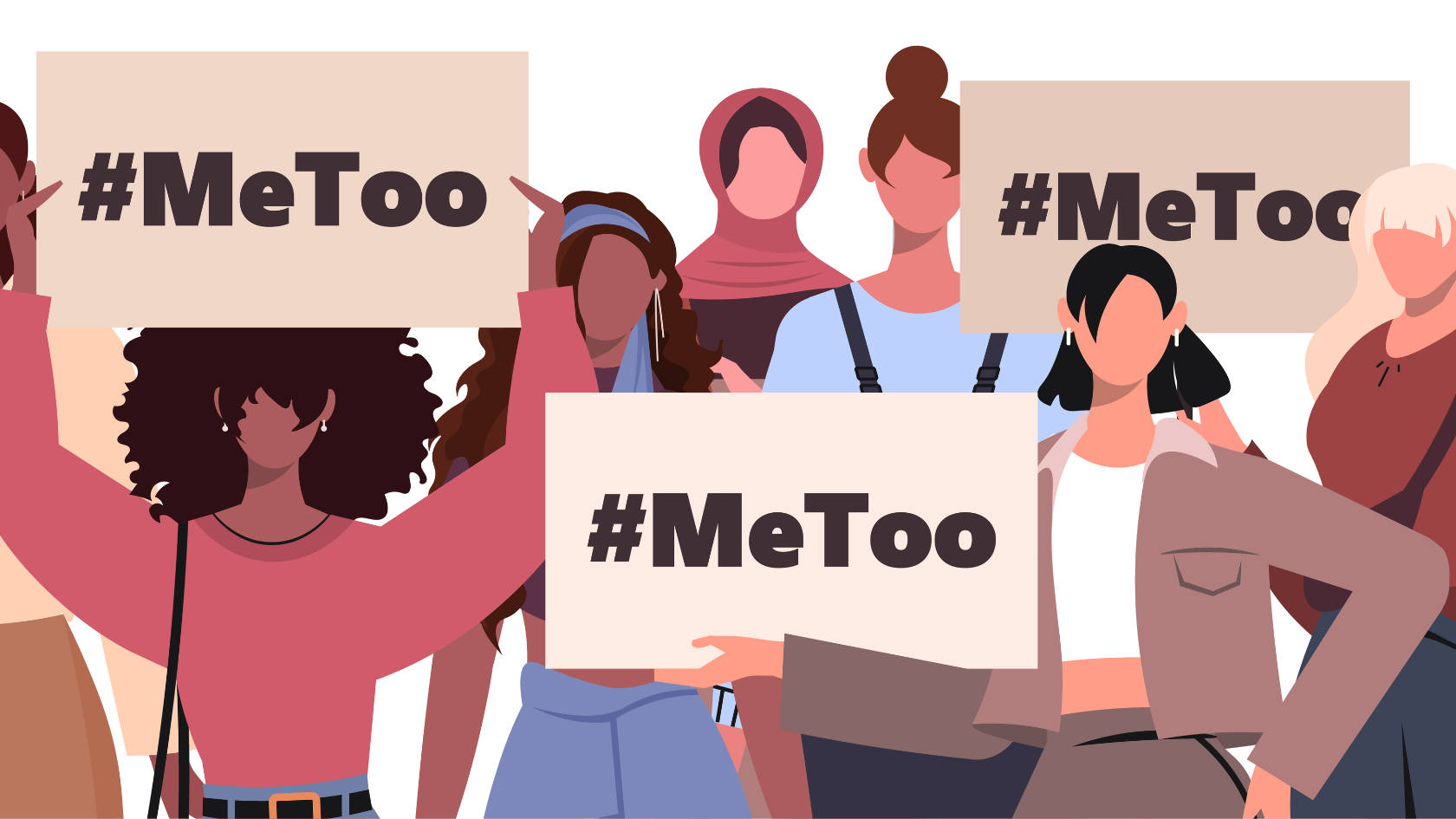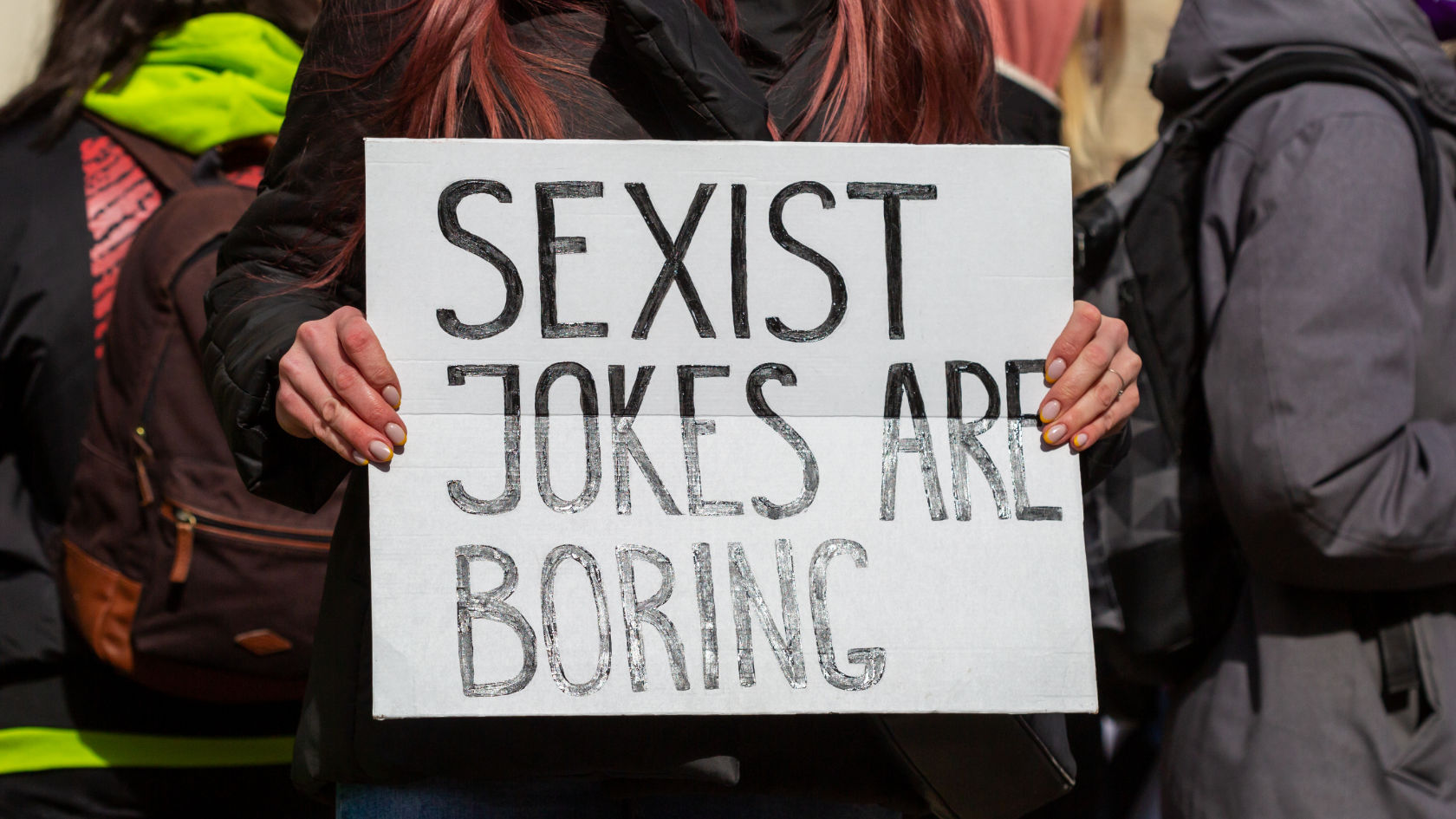Much More Prevention Needed

Agota Lavoyer, a prominent advocate against sexual violence, begins her talk as part of the lecture series #MeToo, Now What? with a curious anecdote about hatpins. At the turn of the century, these accessories were used to secure elaborate hat creations to prevent them from being blown away by the wind. It turned out, however, that these pins were also useful for self-defense when women needed to fend off predators. Rather than providing better protection for women who dared to go out in public without a male companion, a ban on spiked hatpins was enacted, as they were considered a danger to the general public.
This incident highlights several aspects of a culture of sexual violence that remains entrenched in our society: how perpetrators are protected and victims blamed, how the patriarchal order prevails and how women who take up space in the public sphere are harassed.
Broad spectrum of sexualized violence
What is sexualized violence? “It includes all acts that violate a person’s sexual integrity – from inappropriate comments (catcalling) and sexual touching to serious sexual assault,” explains Agota Lavoyer, a victim advocate, speaker, online activist and best-selling author who aims to strengthen the prevention of domestic and sexualized violence.
Her goal is to challenge and dismantle a pervasive ‘rape culture’. “The term is often misunderstood,” she says. “It does not mean that we live in a society that condones rape.” Rather, the term describes a society that enables sexualized violence by looking the other way, where victims of sexualized violence are blamed and in which perpetrators are rarely punished.
A matter of culture
Sexism and gender stereotypes are rooted in a society’s culture. According to Lavoyer, this means that there is cause for hope because cultural patterns can be changed. In order to achieve this, it is important to take a stand, to expose sexist patterns and to support those affected. Calling out sexist comments or jokes is a start.

The internet trend #microfeminism, which focuses on small gestures of anti-sexist engagement – also and especially by men – in the immediate environment, is proving effective. “Women don’t need men to protect them. They need men to stop protecting each other,” says Lavoyer. This would also set a good example for boys and young men. She quotes another slogan: “Fix the system, not the women.”
Universities are no safe spaces either
Using projections, she highlights how many people are affected by sexual violence. According to a study conducted by the State Secretariat for Economic Affairs (SECO) in 2024, every second woman is sexually harassed at work. “That’s 1.5 million women in Switzerland,” Lavoyer calculates. “In the Golder study of 2019, one in eight women over the age of 16 in Switzerland reported having been raped: that’s 430,000 women. These are not isolated cases.” On the contrary, according to federal crime statistics, incidents among young people are on the rise.

Prevention is important. Much more prevention is needed.
Whether at work, in clubs, or during leisure time, sexualized violence is widespread. Universities are no safe spaces either. For this reason, Swiss universities and research institutions have declared April 29 Sexual Harassment Awareness Day. A series of events on this day aims to raise awareness among university members, publicize support services and call for action.
“Prevention is important. Much more prevention is needed,” Lavoyer stressed at the end of her presentation. Primary prevention is particularly important: it is essential to look closely at the root causes of sexualized violence, what enables it and the conditions that reinforce it. Only through comprehensive prevention work can cultural change be achieved in the long term.